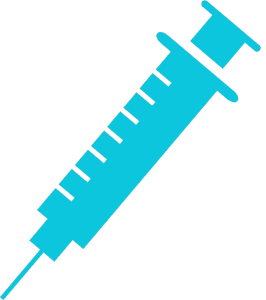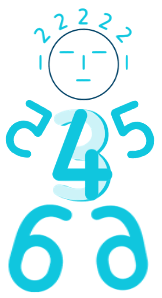Secondary Survey
Casualty Assessment
If your casualty is conscious or they’re with friends and family try and diagnose their condition looking at:
- HISTORY – what happened? Scan the scene. Does your casualty suffer from anything.
- SIGNS – Can you see any injuries. Don’t forget your other senses such as smell.
- SYMPTOMS – Ask how they’re feeling.
Top-to-Toe Survey
Assuming your casualty is unconscious and breathing, you must ensure they have no other injuries before moving them into the safe airway position.
Wearing gloves* check down the casualty’s body moving top-to-toe. This should take no more than 60 seconds.
You’ll then have the confidence whether it’s safe to move the casualty or not.
1. Mouth, Eyes, Ears & Nose
- Mouth – check for any obstruction that could be restricting breathing such as dentures, vomit…
- Eyes – one black eye could signify concussion, two black eyes (or bloodshot) could be a skull fracture or dilated pupils could be a sign or cerebral compression.
- EARS & NOSE – check for bleeding. Clear fluid with droplets of blood is cerebral fluid and is normally associated with a skull fracture.
2. Skull
Check around the skull for visible signs of bruising and bleeding. Remove any glasses.
3. Chest
Pad down the ribcage checking for fractures (breaks). For females, start below the breasts. Loosen any tight clothing.
4. Spine
Check if they have:
- Unusual curvature of the spine
- Casualty has wet and / or soiled themselves
5. Shoulders & Arms
Visually check for shoulder dislocation. Pad down the arms checking for fractures and bruising.
6. Legs & Ankles
Pad down each leg starting on the thigh checking for fractures and bruising.
If you can visually check the ankle then do so. If you suspect it’s fractures you must not remove footwear. If they laces, loosen these to release any swelling.
Checking Pockets
When checking pockets, use the back the hands to run them over any pockets. This way you’re less likely to suffer a puncture wound.
You should carefully remove items wearing gloves.
Anything that could cause potential injury such as syringes should be left.
Remember to notify the paramedics (or professionals) on arrival.
Version: Version: 1.00

